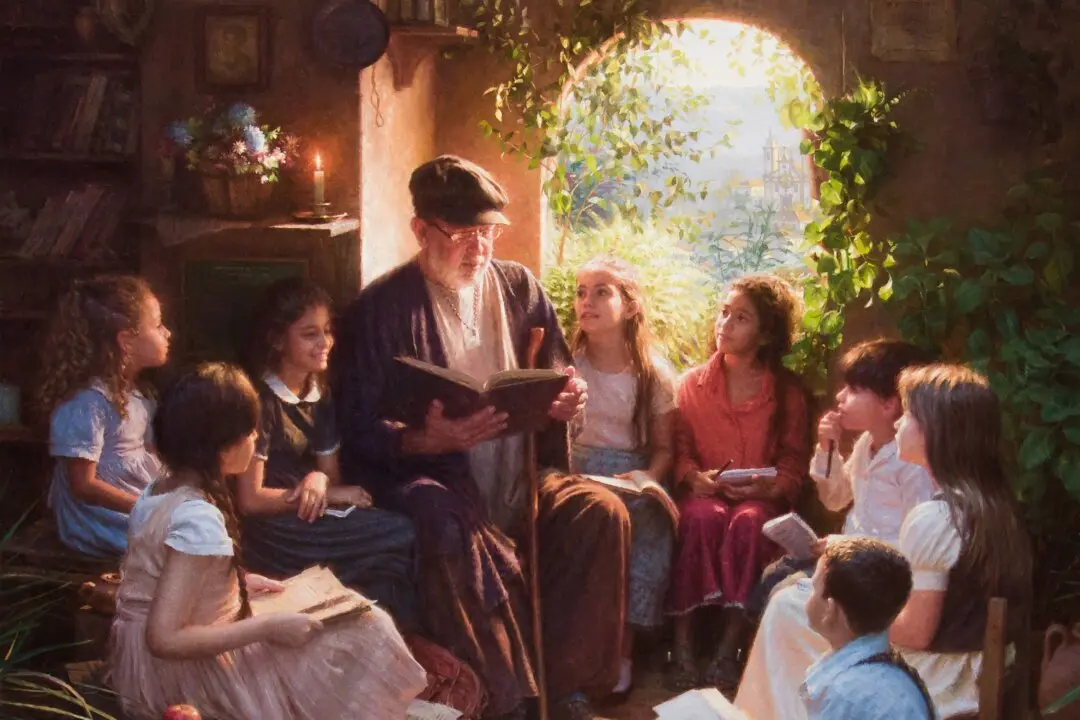BERLIN—Two Davids greet visitors at the entrance to the exhibition “Donatello: Inventor of the Renaissance” in Berlin’s Gemäldegalerie, and they couldn’t be more different.
Having left Florence, Italy, for the first time, Donatello’s triumphant marble sculpture “David” dons classical drapery and a crown of wine grapes normally seen on Bacchus, the Roman god of wine. He appears pensive. Look closely and you’ll see the sculpture’s anatomy is not quite right: Notice his elongated neck and fingers as per the Gothic style.






